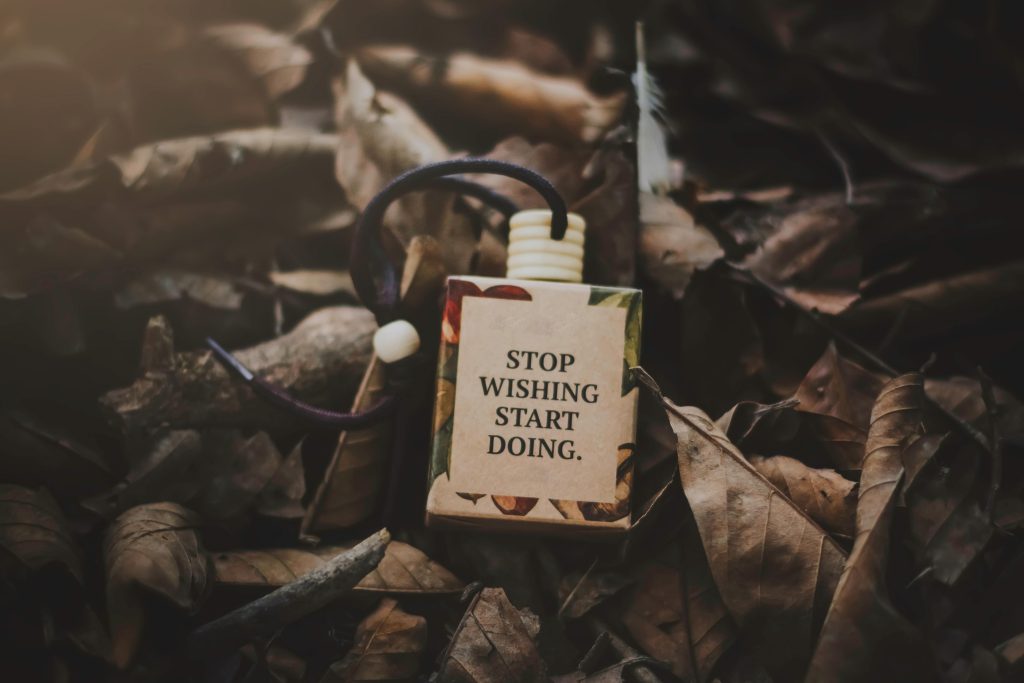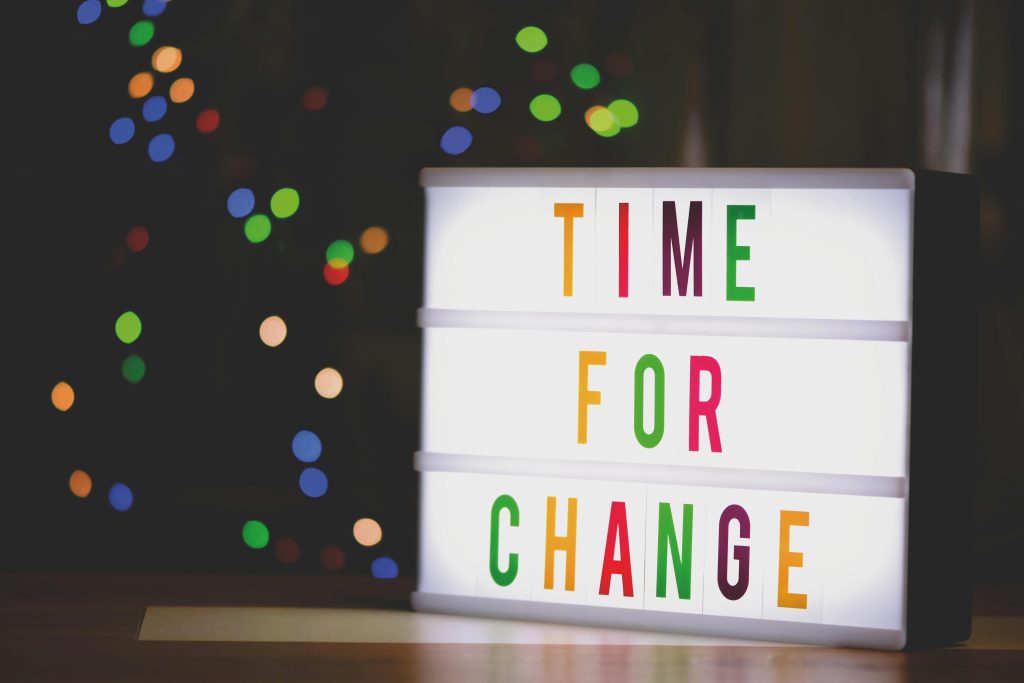Embracing the Journey to True Growth
In a world driven by instant gratification, the concept of enduring short-term pain for long-term gain may feel like an uphill battle. But for those who dare to invest in this philosophy, the rewards are transformative. This approach applies across multiple facets of life—whether you’re pursuing health goals, financial stability, professional growth, or personal fulfillment.
The truth is, short-term sacrifices often pave the way for enduring happiness and success. In this blog post, we’ll explore why short-term pain is an essential part of achieving long-term gains, how to navigate discomfort with purpose, and actionable strategies to embrace the journey.

The Nature of Short-Term Pain
Short-term pain isn’t just physical—it can be emotional, mental, or psychological. It represents the discomfort and sacrifices required to break away from old habits, take risks, or build something new.
Examples of Short-Term Pain in Everyday Life
- Fitness: Pushing through early morning workouts or muscle soreness to build a healthier body.
- Financial Discipline: Resisting unnecessary spending to save for future security.
- Education: Investing years in learning and skill-building to achieve a fulfilling career.
- Relationships: Having difficult conversations to strengthen bonds.
The common thread? These sacrifices create lasting benefits that far outweigh the temporary discomfort.

Why Do We Resist Short-Term Pain?
Humans are wired to seek pleasure and avoid discomfort. This evolutionary tendency often leads to a preference for immediate rewards over long-term benefits.
1. The Allure of Instant Gratification
Modern society makes it easier than ever to choose short-term pleasure:
- Fast food instead of meal prepping.
- Mindless scrolling over personal growth.
- Online shopping instead of saving money.
While these actions feel good in the moment, they rarely lead to lasting satisfaction.
2. Fear of Failure or Rejection
Sometimes, pain involves taking risks or stepping outside your comfort zone. Fear of failure can make temporary discomfort feel overwhelming, causing us to retreat to the familiar.
3. Lack of Immediate Results
Patience is hard when results take time. Whether it’s waiting for a healthier body, financial stability, or professional success, the gap between effort and outcome can be discouraging.

The Case for Short-Term Pain
Pain, discomfort, and sacrifice aren’t barriers to success—they’re the pathways. Here’s why embracing short-term pain is essential for long-term gain.
1. It Builds Resilience
Every challenge you overcome strengthens your ability to tackle the next one. Enduring discomfort helps build mental and emotional toughness, which are invaluable in achieving long-term goals.
2. It Develops Discipline
Discipline is a muscle that grows stronger the more you use it. By consistently choosing what’s hard over what’s easy, you train yourself to prioritize what truly matters.
3. It Creates Lasting Change
True transformation—whether in health, mindset, or relationships—requires time and sustained effort. Shortcuts may offer quick fixes, but lasting change comes from consistent, intentional work.
4. It Teaches the Value of Delayed Gratification
When you delay gratification, you appreciate the end result more deeply. The reward feels earned, and the journey itself becomes meaningful.

Navigating Short-Term Pain with Purpose
Embracing discomfort doesn’t mean suffering blindly. It means finding purpose in the struggle and staying focused on the bigger picture.
1. Set Clear Goals
Having a clear vision of what you want to achieve makes short-term sacrifices feel worthwhile.
- Define Your “Why”: What is driving your goal? Is it better health, financial freedom, or self-improvement?
- Visualize Success: Picture your life after achieving your goal. This mental imagery can serve as a powerful motivator.
2. Break It Into Small Steps
Big goals can feel overwhelming. Breaking them into smaller, manageable steps makes the journey less daunting and allows you to celebrate progress along the way.
- Example: Instead of focusing on losing 50 pounds, aim for 1–2 pounds a week.
3. Develop a Strong Mindset
Your mindset plays a critical role in how you navigate pain and discomfort.
- Embrace Growth: See challenges as opportunities to grow, not obstacles to avoid.
- Practice Gratitude: Shift your focus from what you’re giving up to what you’re gaining.
4. Find Accountability
Surrounding yourself with supportive people can keep you on track. Whether it’s a workout buddy, a financial advisor, or a trusted friend, accountability adds a layer of motivation and commitment.
5. Reward Progress
Celebrate milestones along the way. Recognizing small wins helps sustain motivation and reinforces positive behavior.
- Example: Treat yourself to a non-food reward after sticking to your fitness routine for a month.

Examples of Short-Term Pain for Long-Term Gain
Health and Fitness
- Pain: Saying no to unhealthy foods, committing to regular exercise, enduring soreness and fatigue.
- Gain: Increased energy, improved mental health, reduced risk of chronic diseases, and greater confidence.
Career Development
- Pain: Working late, studying for certifications, handling constructive criticism, or stepping outside your comfort zone to network.
- Gain: Better job opportunities, higher income, and personal fulfillment.
Financial Freedom
- Pain: Creating and sticking to a budget, resisting impulse purchases, or working a side hustle.
- Gain: Debt-free living, a secure future, and the ability to pursue passions without financial stress.
Personal Growth
- Pain: Confronting past mistakes, leaving toxic relationships, or challenging limiting beliefs.
- Gain: Greater self-awareness, healthier relationships, and a more fulfilling life.

Overcoming Setbacks on the Journey
Setbacks are inevitable. What matters is how you respond to them.
1. Learn from the Experience
View setbacks as opportunities to learn. Ask yourself:
- What went wrong?
- What can I do differently next time?
2. Stay Flexible
Adjust your approach as needed. Life is unpredictable, and being adaptable helps you stay on track.
3. Focus on the Big Picture
Remind yourself that setbacks don’t erase progress. Keep your eyes on the ultimate goal.

The Role of Gratitude in the Process
Practicing gratitude can make the journey more bearable—and even joyful.
- Daily Gratitude Practice: Write down three things you’re grateful for each day, even if they seem small.
- Celebrate Effort: Appreciate the hard work you’re putting in, even if the results aren’t immediate.
The Ultimate Reward: A Life Transformed
Short-term pain may feel difficult in the moment, but the long-term rewards are worth it. By choosing to embrace discomfort and sacrifice now, you’re investing in a healthier, happier, and more fulfilling future.
- You’ll gain not only the tangible outcomes of your effort but also intangible benefits like resilience, discipline, and self-respect.
- The lessons learned from enduring short-term pain will carry over into other areas of your life, making you stronger and more adaptable in the face of challenges.

Final Thoughts
Short-term pain is the price of growth, change, and success. It’s not easy, but it’s worth it. Remember: every effort, every sacrifice, and every uncomfortable moment is a step toward a better version of yourself.
Embrace the discomfort with confidence, knowing that the journey will lead to lasting rewards. The path isn’t always easy, but the destination is worth every moment of short-term pain. Long-term gain awaits—one small step at a time.
💬 Join the Bariradka Transformation Support group on Telegram!
Get exclusive tips, behind-the-scenes content, and chat directly with the author.
➤ Join the Community

